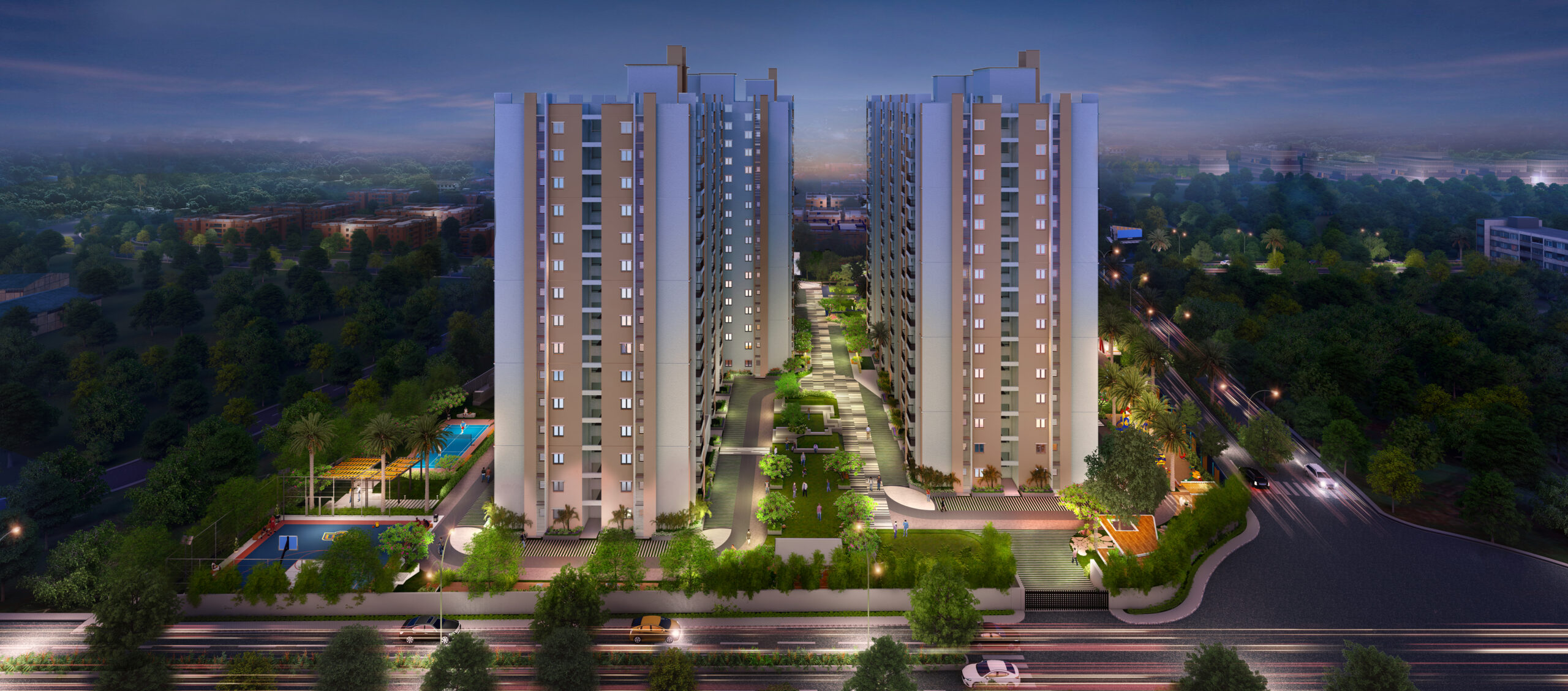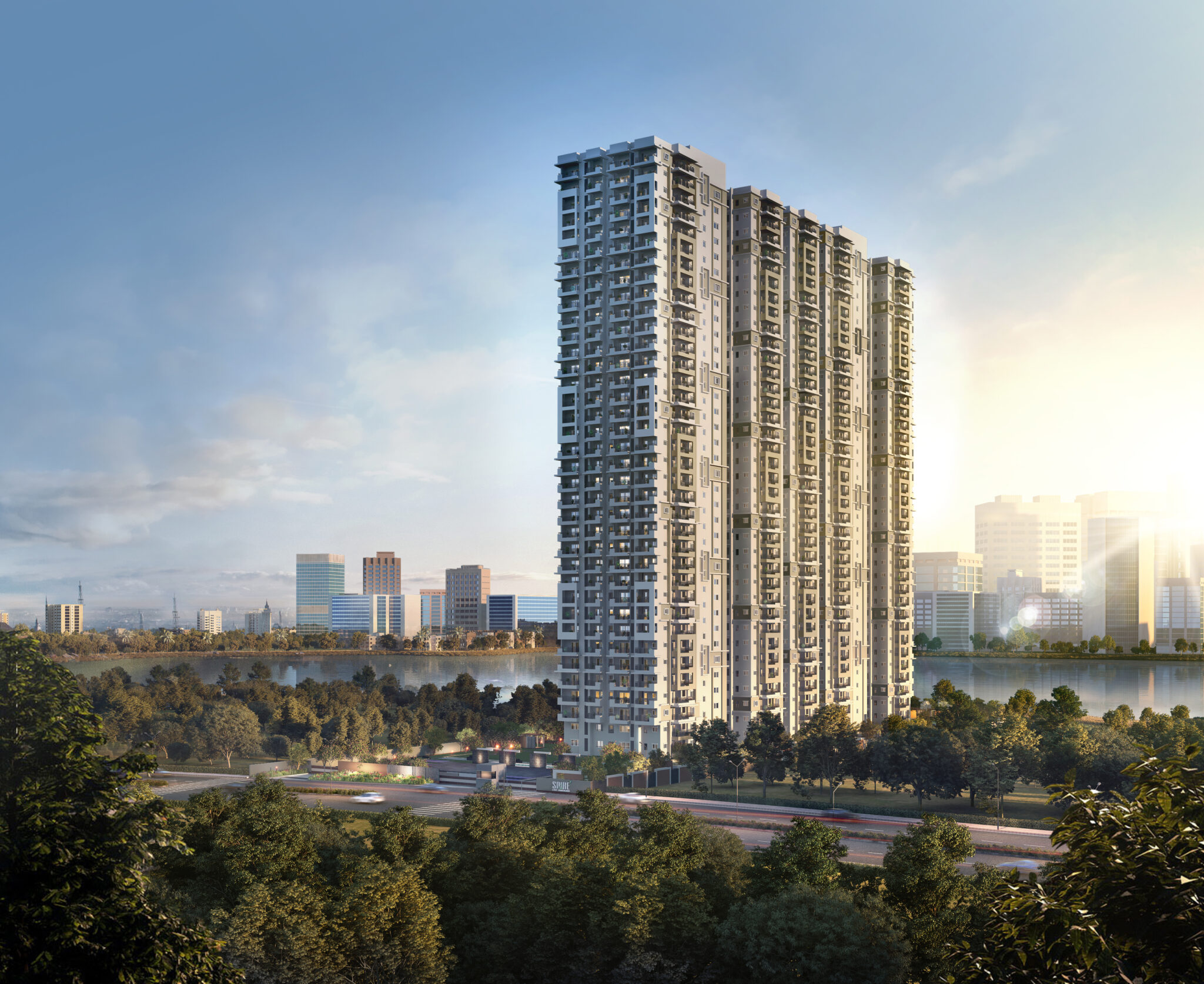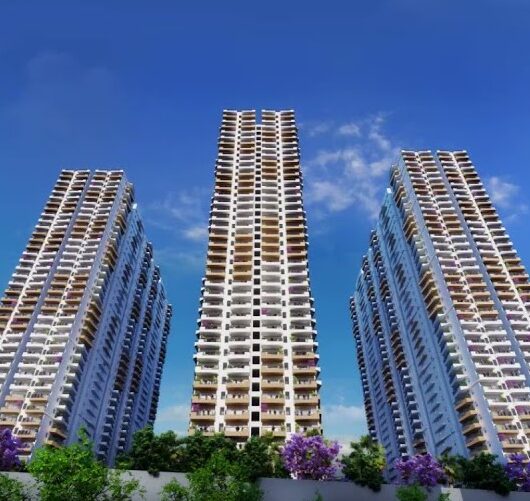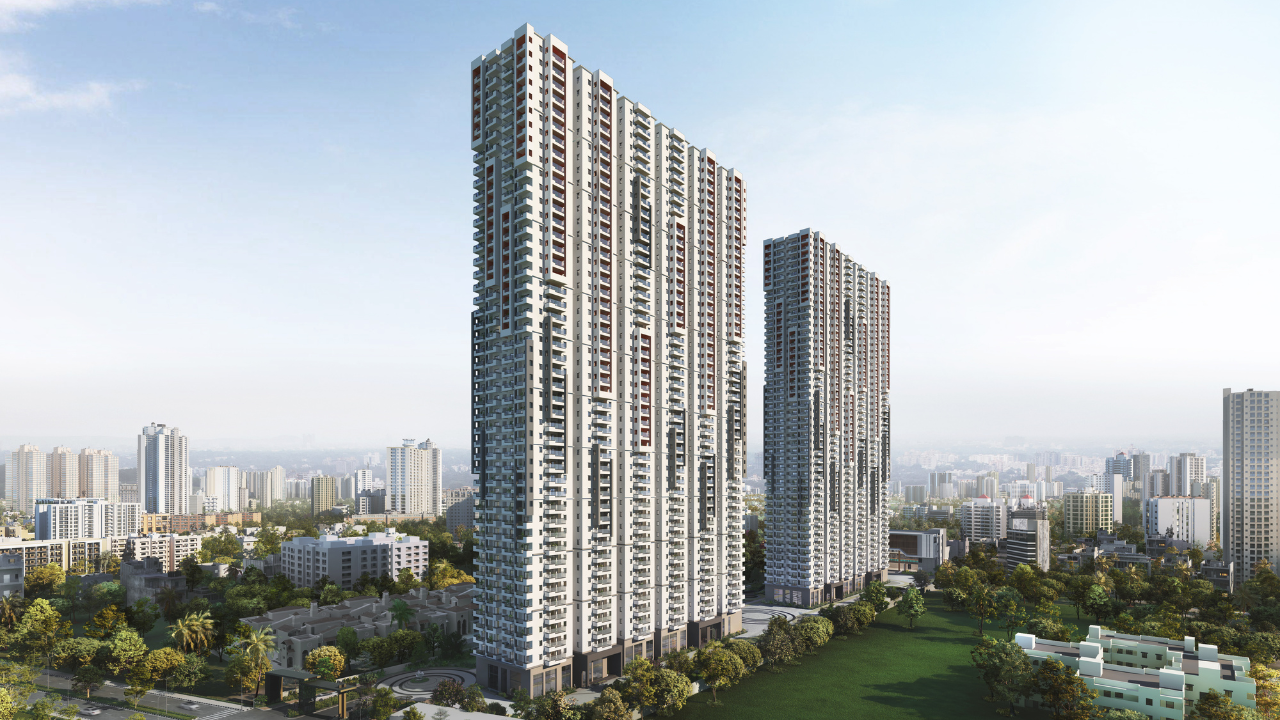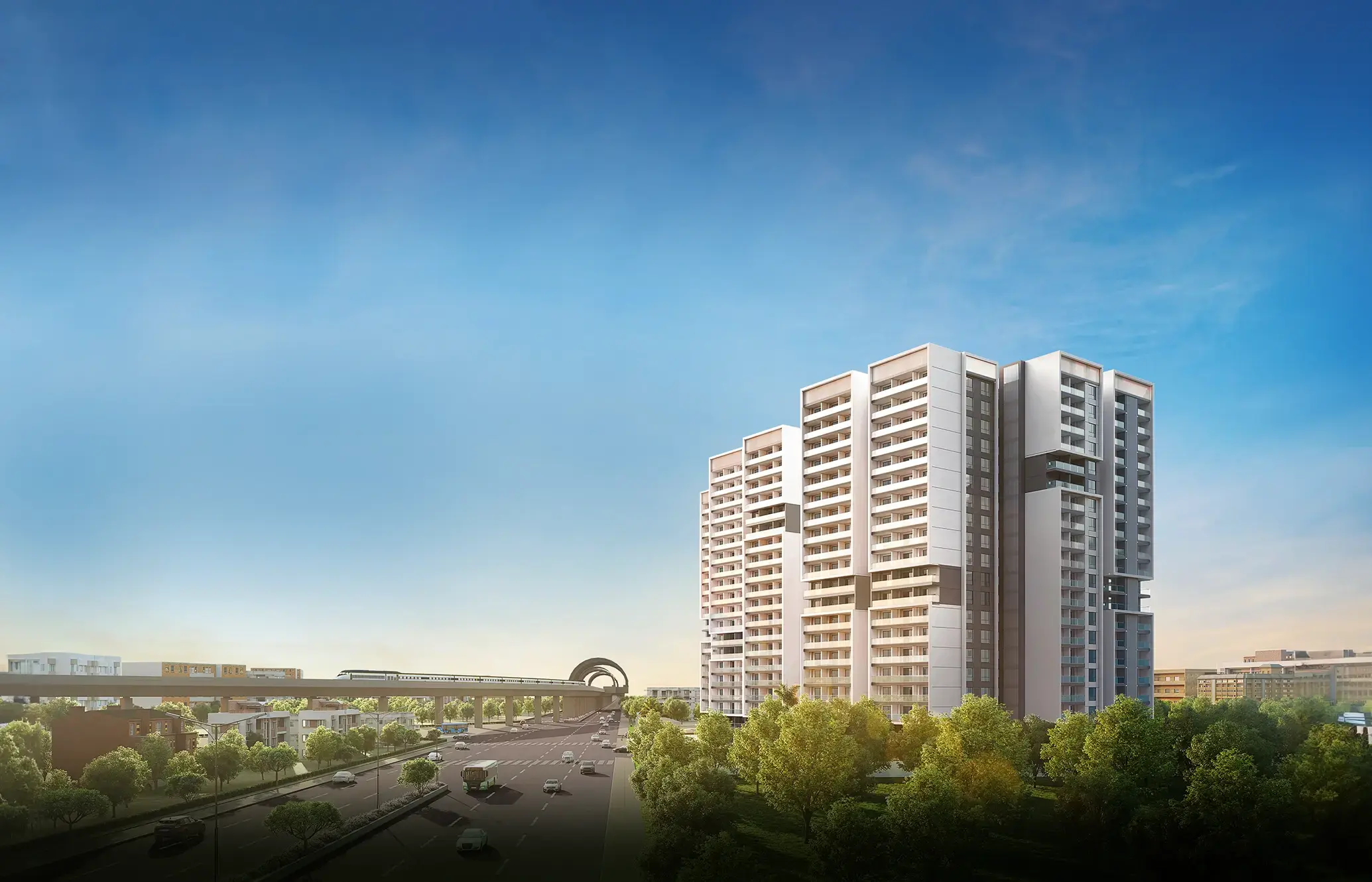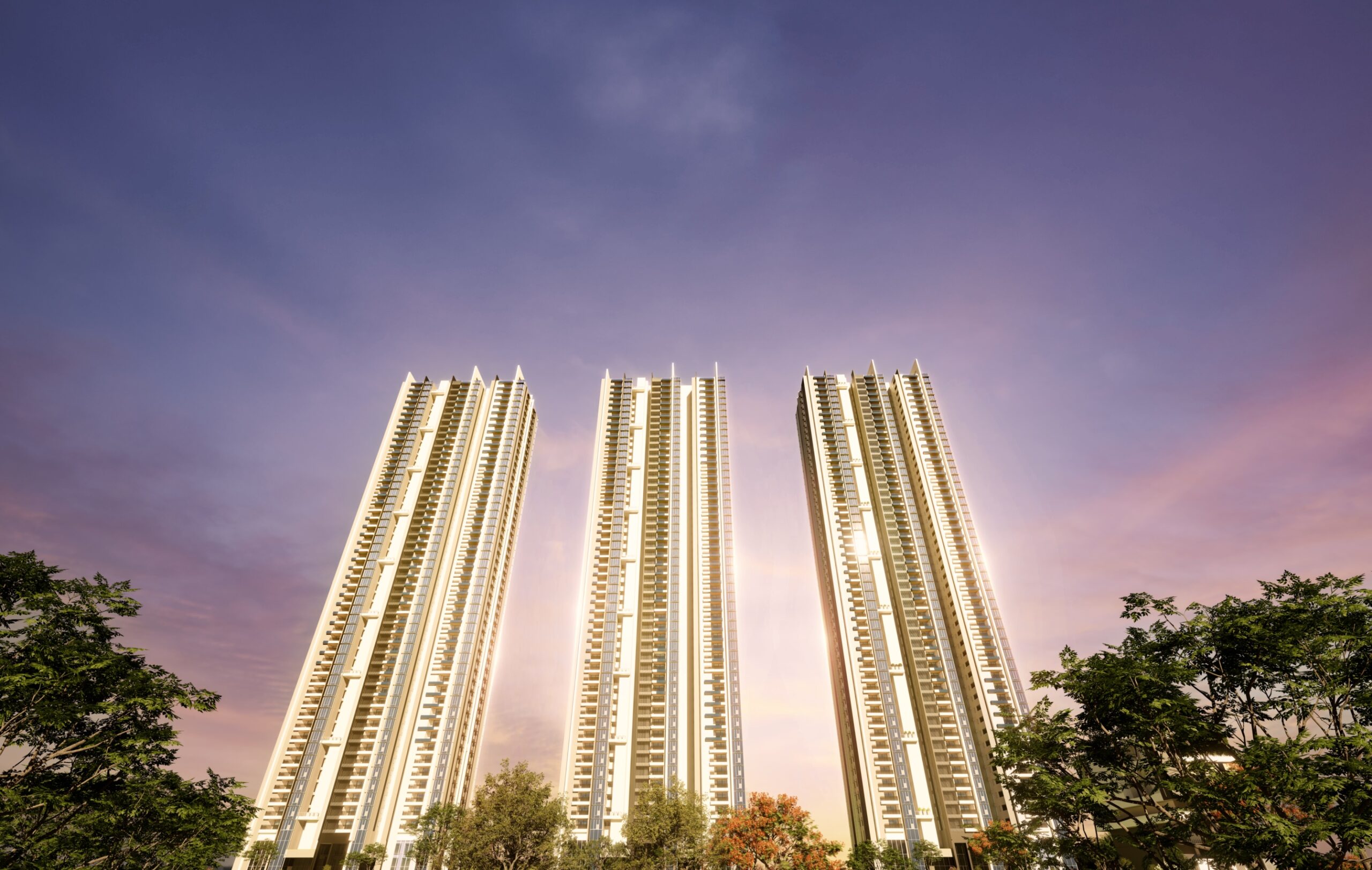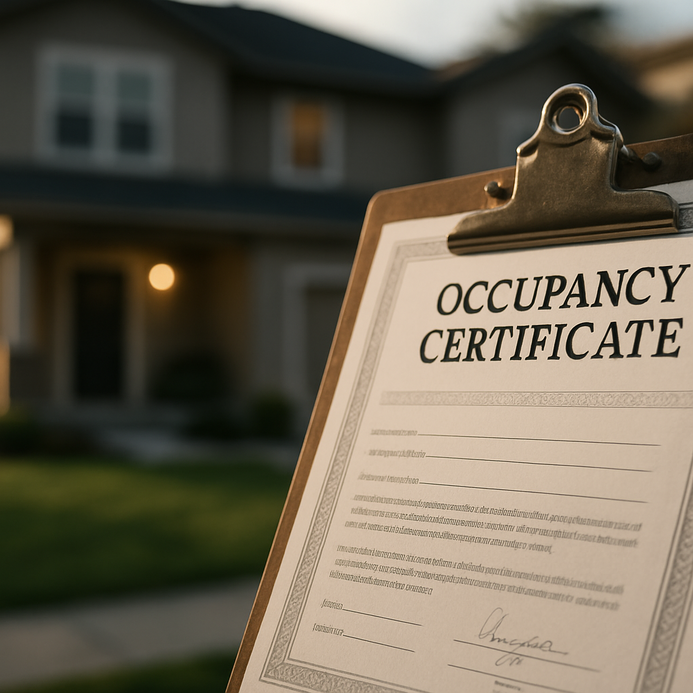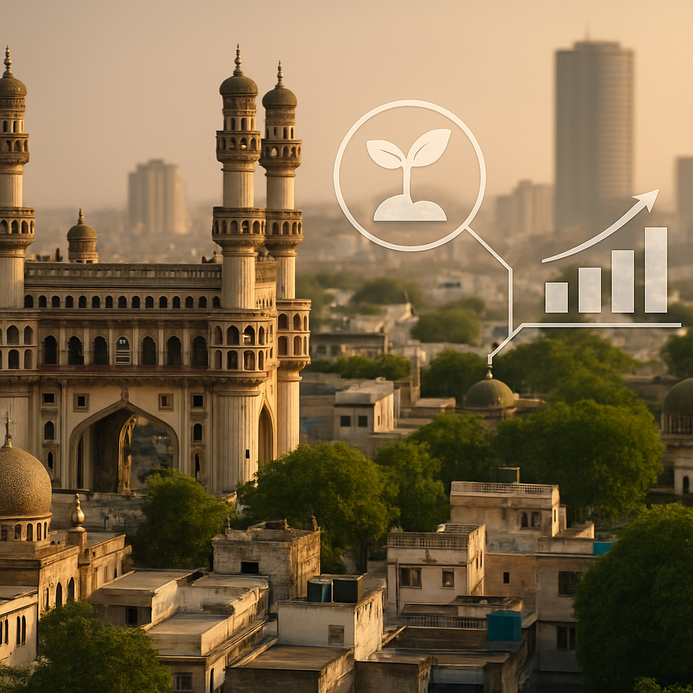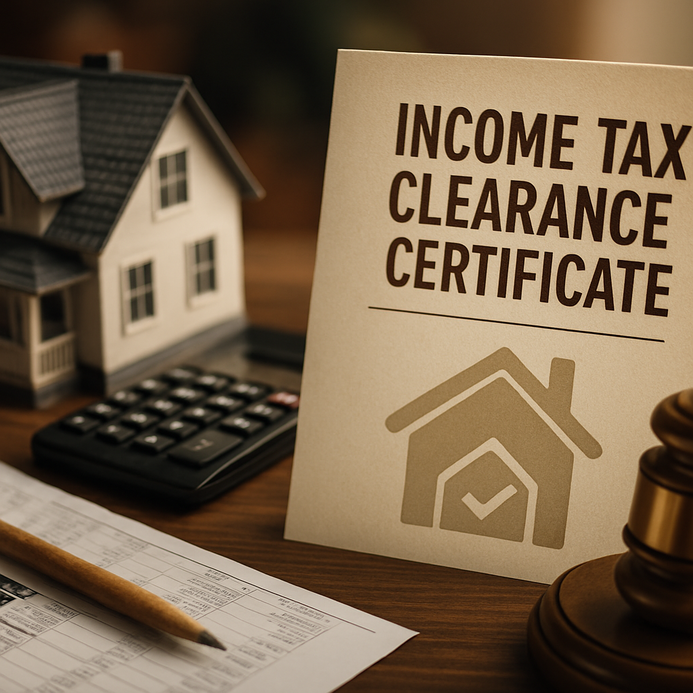Investor or Homeowner? The Best Approach for Gated Community Buying
- 1 Understanding Homeowner and Investor Mindsets
- 2 Impact on Community Design and Development
- 3 Social Dynamics: Community Interaction and Engagement
- 4 Economic Influences on Community Feel
- 5 Finding Balance: Fostering a Harmonious Community
- 6 Conclusion
- 7 FAQ
- 7.1 What are the main differences between homeowner and investor mindsets?
- 7.2 How do homeowner and investor mindsets affect community design?
- 7.3 What role do social dynamics play in gated communities?
- 7.4 How do economic factors influence gated communities?
- 7.5 What initiatives can help foster a harmonious community?
Understanding Homeowner and Investor Mindsets
So, let’s talk about how homeowners and investors see gated communities. They’re kinda different, right?
Homeowners want stability, a safe place where they can settle down and belong. They look at communities with safety, good schools, parks, and places to hang out. It’s about quality of life for them.
Now, investors? They’re chasing profit. They want to know what the rental income’s like, if the property will appreciate, and just how the market’s doing. It’s all about the numbers, not so much a cozy community. But they also pick gated spots, thanks to security and low crime rates that attract tenants.
| Mindset | Homeowners | Investors |
|---|---|---|
| Objective | Stability and security | Profitability and growth |
| Community Role | Active engagement | Minimal interaction |
| Decision Factors | Family amenities, schools, parks | Rental income, appreciation trends |
| Example Communities | Skyila, Divine Allura | Various high-potential communities |
These differing mindsets shake things up in the community vibe. Homeowners might get together for BBQs, making the space feel friendly and close-knit. Meanwhile, investors could turn things more transactional, making it feel a bit less personal. And that can really shake up property values and the overall culture here.
For more reads on gated communities, take a look at Gated Communities: 3 Causes, 3 Problems and 3 Solutions, or see Why Gated Communities Are Popular with Today’s Homebuyers.
If you want to dive deeper into the real estate scene, check out Navigating the Indian Real Estate Market: Hyderabad’s Resale Insights and Should You Reach for the Top? A Guide to Top Floor Apartment Living.
Impact on Community Design and Development
Homeowners care about aesthetics, natural beauty, community spaces, stuff that just makes life feel good. But investors? They’re eyeing profitability, creating spaces that’ll attract tenants instead of just fitting someone’s dream home.
Community Amenities: Homeowner vs. Investor Perspectives
| Aspect | Homeowner Focus | Investor Focus |
|---|---|---|
| Design | Unique architecture and landscaping | Broad appeal for tenant demographics |
| Amenities | Pools, gardens, community centers | Multipurpose facilities for rentability |
| Safety | Enhanced security measures | Compliance with regulations |
| Lifestyle | Family-oriented spaces | Profit-driven developments |
For homeowners, parks and playgrounds are must-haves, they want those cozy, family-friendly vibes. Investors want to maximize ROI, so they’re pushing for facilities that’ll bring in more renters, whether that’s for families or young professionals.
To know more about what makes gated communities truly livable, check out this handy guide on Must-Have Amenities in Luxury Apartments.
Aesthetic Considerations in Gated Communities
Now, when it comes to aesthetics, homeowners usually are all about having that nice look, which helps make the community feel good. But investors are practical. They want a cohesive look that doesn’t mess with property value.
This push and pull creates spaces where both homeowners enjoy their surroundings, while investors can keep things profitable.
Looking for more on community lifestyles? Explore the article on Villas vs. Apartments.
Getting a grip on how these mindsets influence design can really highlight the benefits for everyone involved. For related articles, check out Gated Communities with Creches, Senior and Child-Friendly Amenities, and Choosing the Best Home Location for Kids.
Now, let’s dive into the social side of things. Homeowner values and investor priorities really shape how people engage in these gated communities. Homeowners are often all about community. They wanna forge connections, create relationships, make their neighborhood a friendly place to live. Investors? They tend to keep their eyes on the financial aspect.
Community Interaction
Homeowners jump at the chance to organize events that help everyone connect and bond. Investors? They’re more hands-off, treating the community as a way to make some cash.
Engagement Levels Impacting Vibe
Here’s a snapshot of engagement levels:
| Type of Engagement | Homeowners (%) | Investors (%) |
|---|---|---|
| Initiating Social Events | 70% | 30% |
| Participating in Committees | 65% | 20% |
| Community Volunteering | 60% | 15% |
Conclusion on Community Atmosphere
Ultimately, whether you’re a homeowner or an investor deeply affects the community feeling. Homeowners create bonds, while investors can sometimes make things feel more commercial. Finding that sweet spot is crucial for vibrant, harmonious living.
For more insights on living in these types of communities, check out the piece on Pros and Cons of Gated Community Living.
Also, don’t miss out on Shared Amenities in Gated Communities for tips on making the most out of your community space.
Economic Influences on Community Feel
The economic outlook here plays a big role in property values and how local businesses thrive.
Property Values and Rental Prices
A recent study found that properties in gated communities tend to appreciate faster. We’re talking about a 10-15% bump compared to places without gates. Why? Security, cool amenities, and that controlled living setup make them in demand.
| Area Type | Average Property Value | Average Rental Price |
|---|---|---|
| Gated Community | $350,000 | $2,500/month |
| Non-gated Community | $300,000 | $2,000/month |
Pretty eye-opening, right? This explains investors’ pull towards gated spaces, with money driving their decisions.
Health of Local Businesses
Homeowner and investor mindsets again create contrasts in the local economy. Investors chase cash flow and may advocate for more commercial spots, while homeowners want amenities that just feel good, like parks.
For instance, neighborhoods close to these gated communities in Hyderabad are seeing a boom in shops and cafes, creating a buzzing atmosphere. A report by Sobha points out how all these dynamics boost both community life and economic growth.
At the end of the day, it’s crucial to grasp how these differing attitudes shape communities, especially if you’re eyeing property or launching a business.
For more intel on property values and investment trends, check out Understanding the Economic Influence of Indian Real Estate and Riding the Rental Wave in Hyderabad. Plus, you might want insights on community amenities in Home Loan Resale Property: Your Legal Guide.
Finding Balance: Fostering a Harmonious Community
Community Engagement Initiatives
Here are some ways to boost community bonds:
| Initiative | Description | Benefits |
|---|---|---|
| Regular Community Events | Organize neighborhood potlucks, game nights, clean-ups. | Friends and fun grow among everyone. |
| Communication Platforms | Use apps or newsletters for updates and feedback. | Keeping everyone in the loop. |
| Shared Amenities | Create parks or gyms to spark social interactions. | Encourages hangouts. |
| Investment in Local Partnerships | Work with local businesses. | Lifts the local economy. |
If both homeowners and investors share in planning things, everyone feels included, which strengthens community ties.
Inclusivity in Decision-Making
It’s also key for both sides to feel heard. Bringing everyone to the table can lead to better decisions for the future. Think of committees where various voices can chime in with ideas.
Positive Impact on Community Vibe
When both homeowners and investors show up to collaborate, it creates a really vibrant atmosphere, making the community appealing in both living and investing senses. Research shows a strong link between inclusivity and high property values along with happier residents (BAS-IP).
For communities like those near me, when collaboration is a priority, diversity shines, leading to stronger social ties (The Urban Engine).
Conclusion
In the end, finding that balance between homeowners and investors can really uplift the community vibe, making it a fantastic place for everyone involved. If you’re looking for more tips on living and investing in gated communities, take a look at the article on shared amenities or explore the perks of like-minded communities.
FAQ
What are the main differences between homeowner and investor mindsets?
Homeowners focus on stability, security, and quality of life, while investors prioritize profitability and market trends.
How do homeowner and investor mindsets affect community design?
Homeowners influence designs that are aesthetically pleasing and community-focused, whereas investors lean toward profitability with tenant-friendly features.
Homeowners generally engage more in community activities compared to investors, leading to a more vibrant and friendly atmosphere.
How do economic factors influence gated communities?
Economic conditions can dictate property values and determine the demand for local businesses, impacting the financial attractiveness of gated communities.
What initiatives can help foster a harmonious community?
Engaging in regular community events, establishing communication platforms, and fostering collaboration between homeowners and investors can enhance community bonds.
